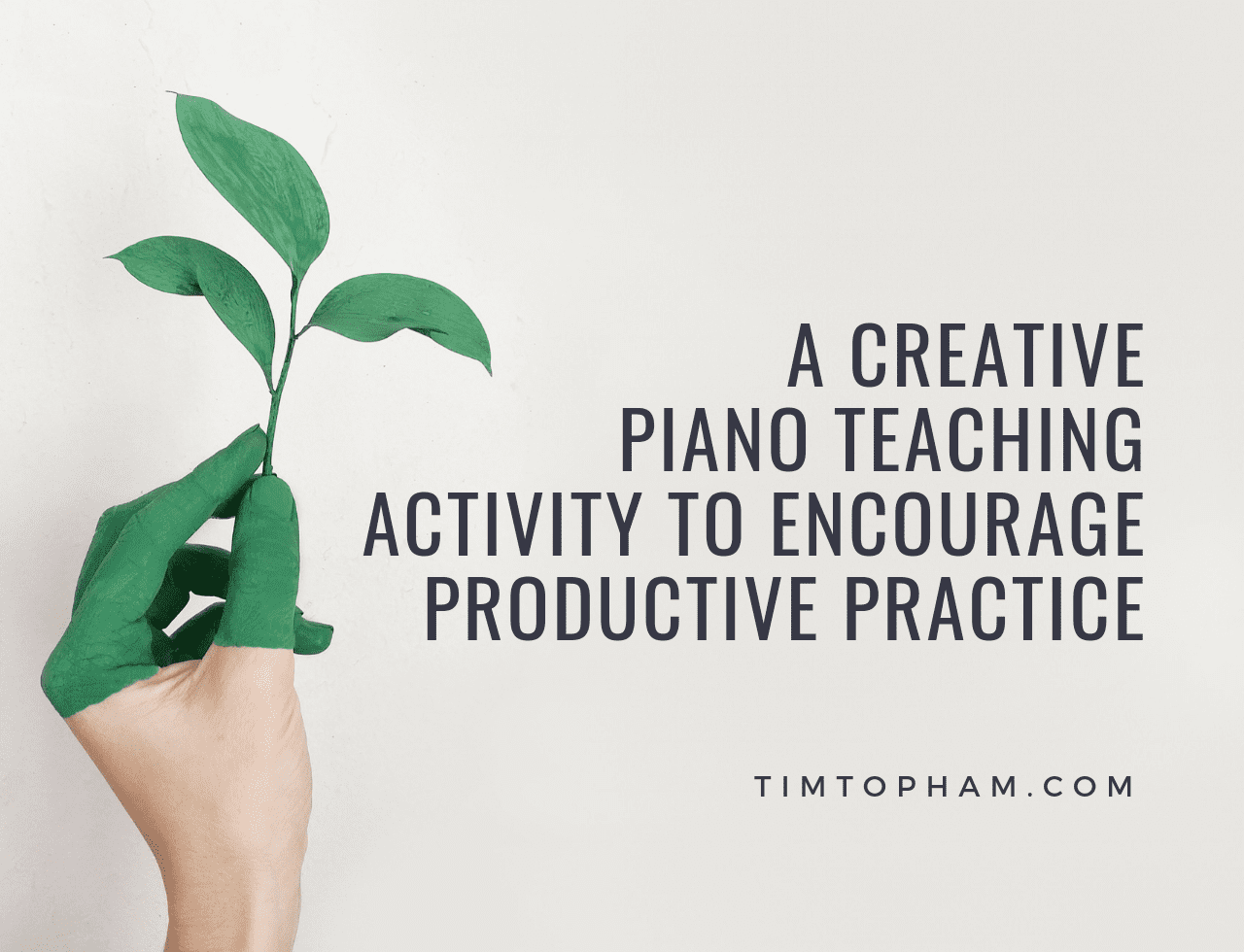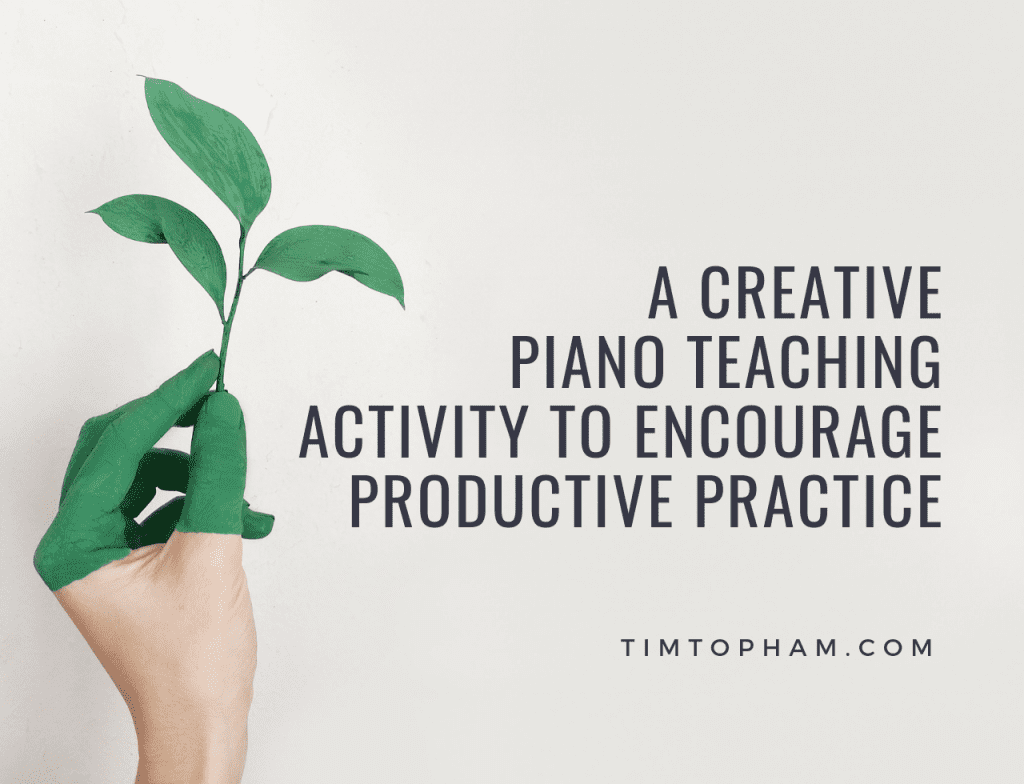
Hi there, my name is Melody, and I am a piano teacher from New Zealand.
I have a studio of about 40 students, with a wide range of ages and abilities, and on the whole are an absolute pleasure to teach. I have been building the studio across the last 10 years with an aim to cultivate a balance between work ethic and creativity in my students as well as modelling these traits within my own teaching.
Most students practice at least six days a week and learn large numbers of pieces per year. Beginner students complete 80-100 pieces a year, and intermediate students complete 30-50 pieces a year depending on their level of playing. I think it is safe to say my students are all passionate about learning new music!
Read more: How Ben learnt 75 pieces in a single year
One of the biggest challenges I face as a teacher with students working on a lot of new repertoire is that many students attempt to learn a little too fast, getting caught up in the excitement and novelty of learning new music each week.
The consequence of this is we end up spending a lot of the lesson time pointing out the mistakes the students have made in their learning. Silly, clumsy mistakes they can absolutely avoid if more care was taken in their practice.
Some common note learning mistakes include: not noticing rests, wrong notes and rhythms (in seemingly straight-forward pieces), blatantly ignoring simple articulation and musical directions and so on.
Furthermore, because the students are eager practicers, when they have learnt something incorrectly and practiced it incorrectly for an entire week, the well-practiced mistakes have sunk in so well in their memories that it takes us a painstakingly long time to correct them.
Being a teacher who believes the best changes come from the individuals themselves, I wanted to find a creative piano teaching exercise to encourage the students to be more mindful when learning new notes, not because I asked them to, but because they wanted to.
With all going to plan, we can then use the valuable lesson time to improve the more creative and enjoyable aspects of learning, adding character and expression to the music.
Sidestepping a little – in May this year my husband and I got married in Wanaka, New Zealand. Prior to the big ‘send off’, we held a big party for all of our friends and family, and decided to get a Polaroid camera, photo props and a ton of Polaroid film cartridges for our friends and family to take pictures themselves throughout the entire event. It turns out we had grossly over-estimated the number of cartridges that were needed and had a number left over.
One day the idea came to me – I wonder if I can use the Polaroid camera and the colourful photo props to encourage students to be more accurate in their learning of new pieces?
More creative piano teaching help here: Five ways to get students to master rhythm
Shortly afterwards, the Student of the Week Challenge was born.
The rules were simple: any student who learns their assigned piece(s) in one week, hands together, with correct notes and rhythm, gets their picture snapped holding two of their chosen photo props. We then stick the photos on a Student of the Week poster on the studio wall, so everyone who comes into the studio will be able to see their achievements!
Here is the poster I designed and printed:
Initially, I had no idea how many students would achieve the Student of the Week each week, and therefore how much the poster was going to get filled up. In fact, I was clueless as to whether the children of 2018 would even find Polaroid cameras cool!
The power of 4 Chord Composing | Lesson plans you can use immediately
In week one of the school term, I explained to all the students in their lessons what the challenge is about, and gave them strict instructions to make sure they learn the piece carefully so they get their pictures snapped the next week. I also gave them tips on HOW to ensure they learn the correct material from the first day:
The things I am looking for the following week:
As the weeks rolled around, the poster was filling up.
Students and parents are delighted to be a part of this experiment and we all get a giggle and a cheer when a student picks up the photo props and strike a cheeky pose!
Related: Enjoying this blog post? Check out a huge catalogue of more than 140 podcasts episode on the Creative Piano Teaching Podcast.
Many students were absolutely enchanted by the ‘magic’ of the Polaroid camera. Some of them wouldn’t believe me when I told them the picture would appear after a few minutes. One even thought the Polaroid took a better picture than his mum’s iPhone, which his mum and I both found hilarious.
I was really impressed by the number of students that came in the following weeks with significantly more effort put into learning their pieces correctly, especially considering that in the past these same students would make a couple of unnecessary mistakes in every new piece they learnt.
Here are some more happy snaps:
At the end of the term, our poster was absolutely filled with cheerful portraits!
Overall I am really happy with how this experiment went, and here are some thoughts on it at the end of this term:
Hopefully, this post brought you some inspiration or at least a grin. Happy teaching!
Are you after more creative piano teaching ideas? Tim’s Inner Circle is a place to connect with like-minded teachers and get access to courses and training modules, with new ones released regularly.
